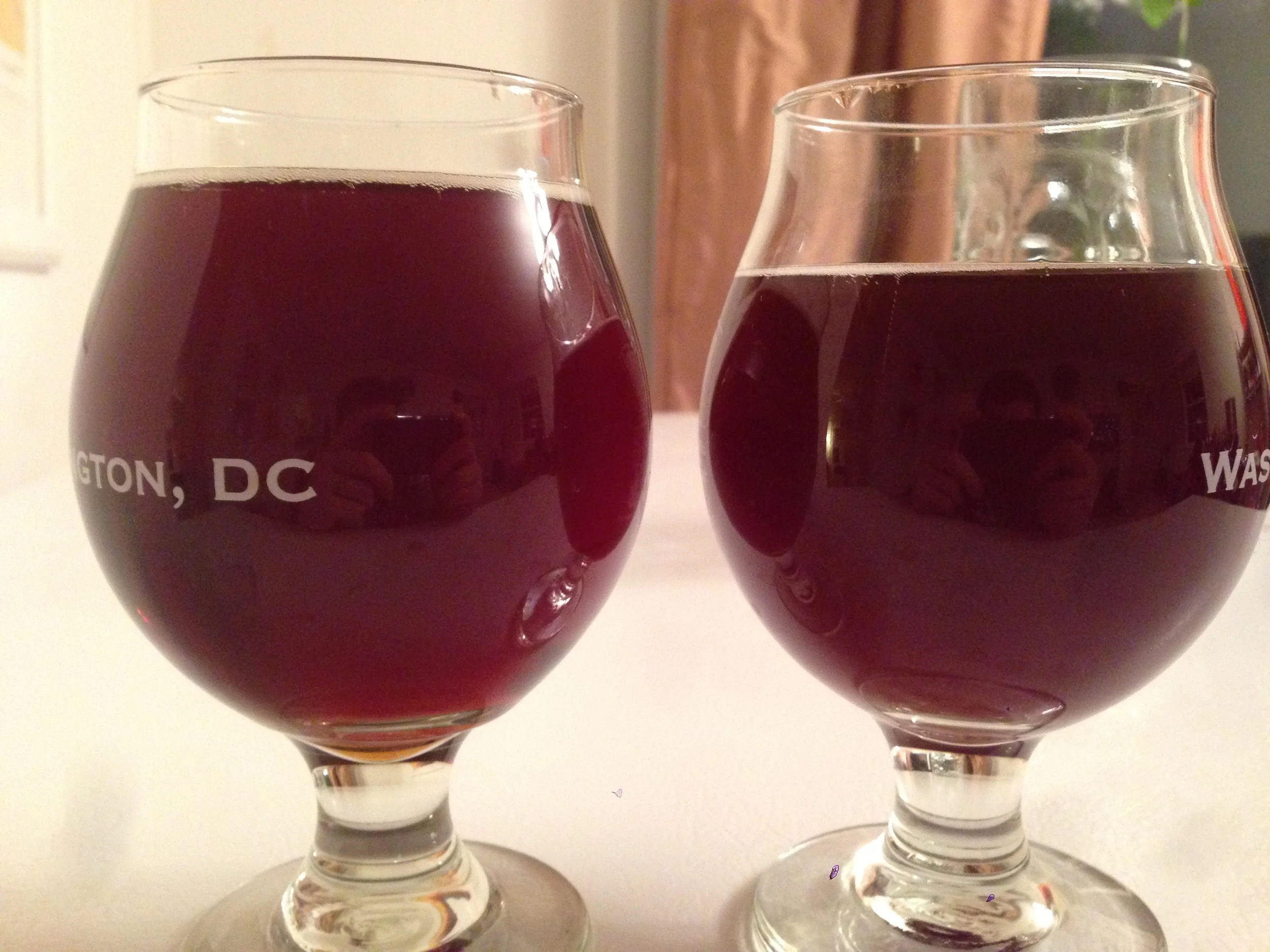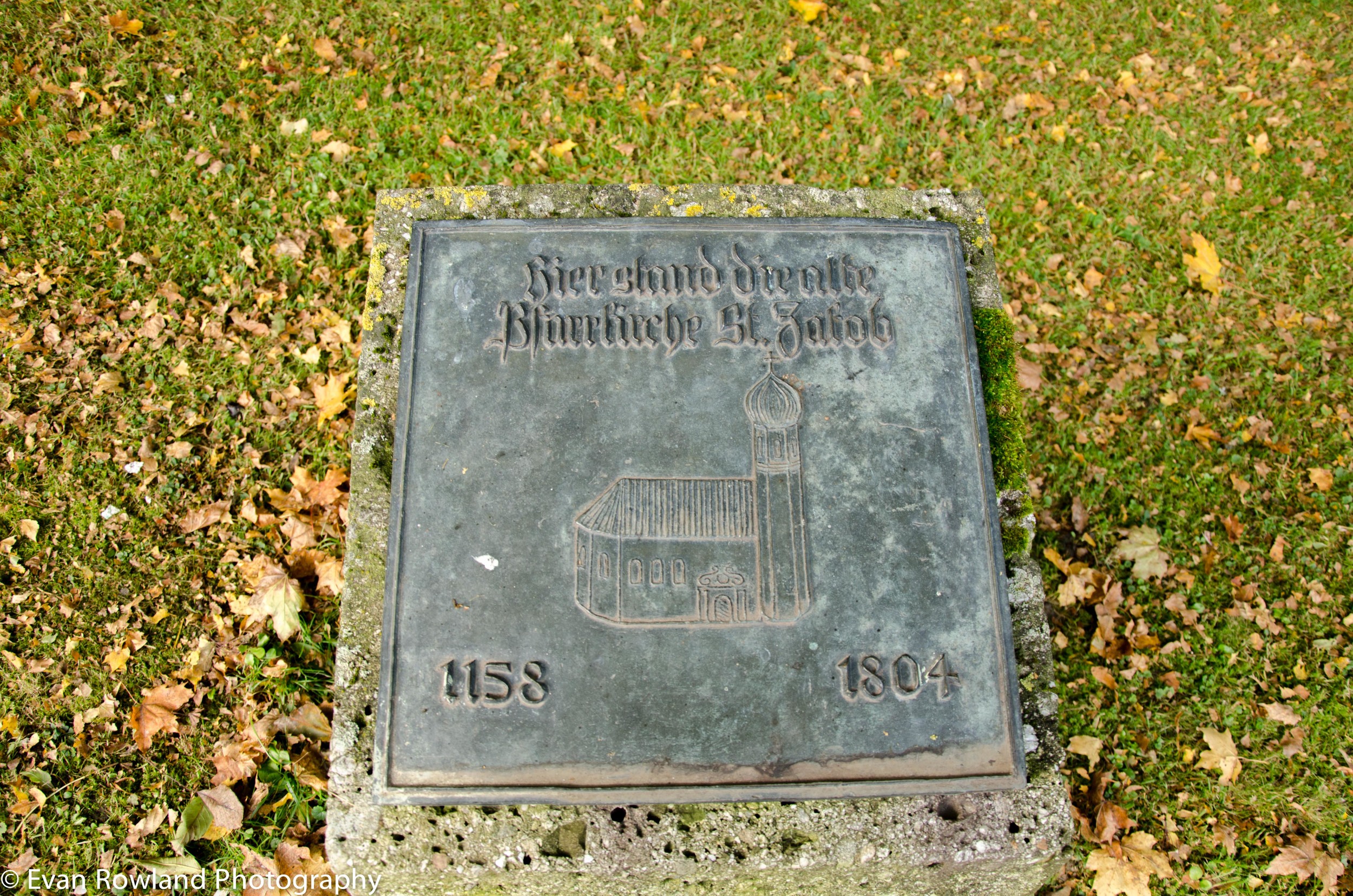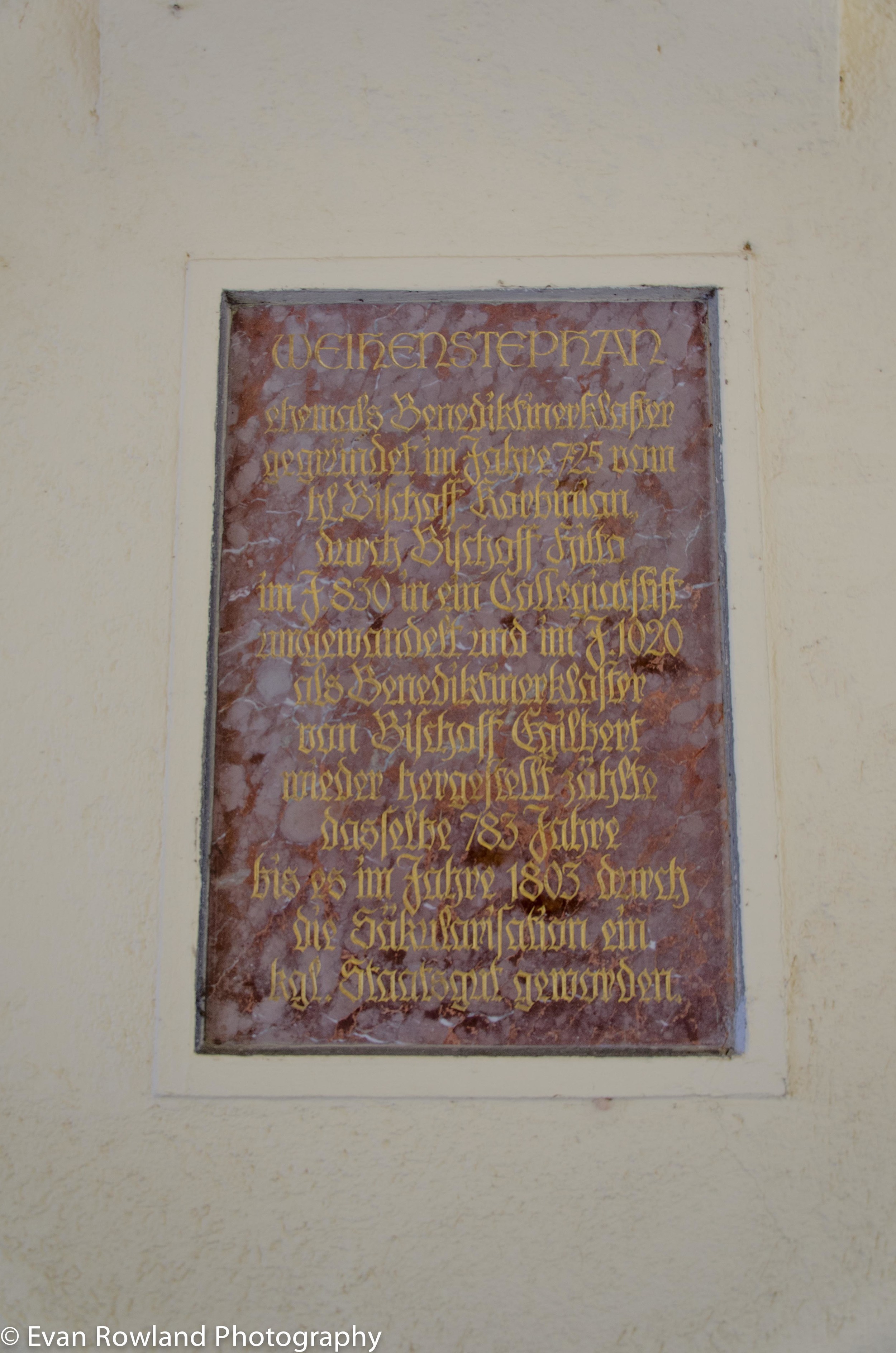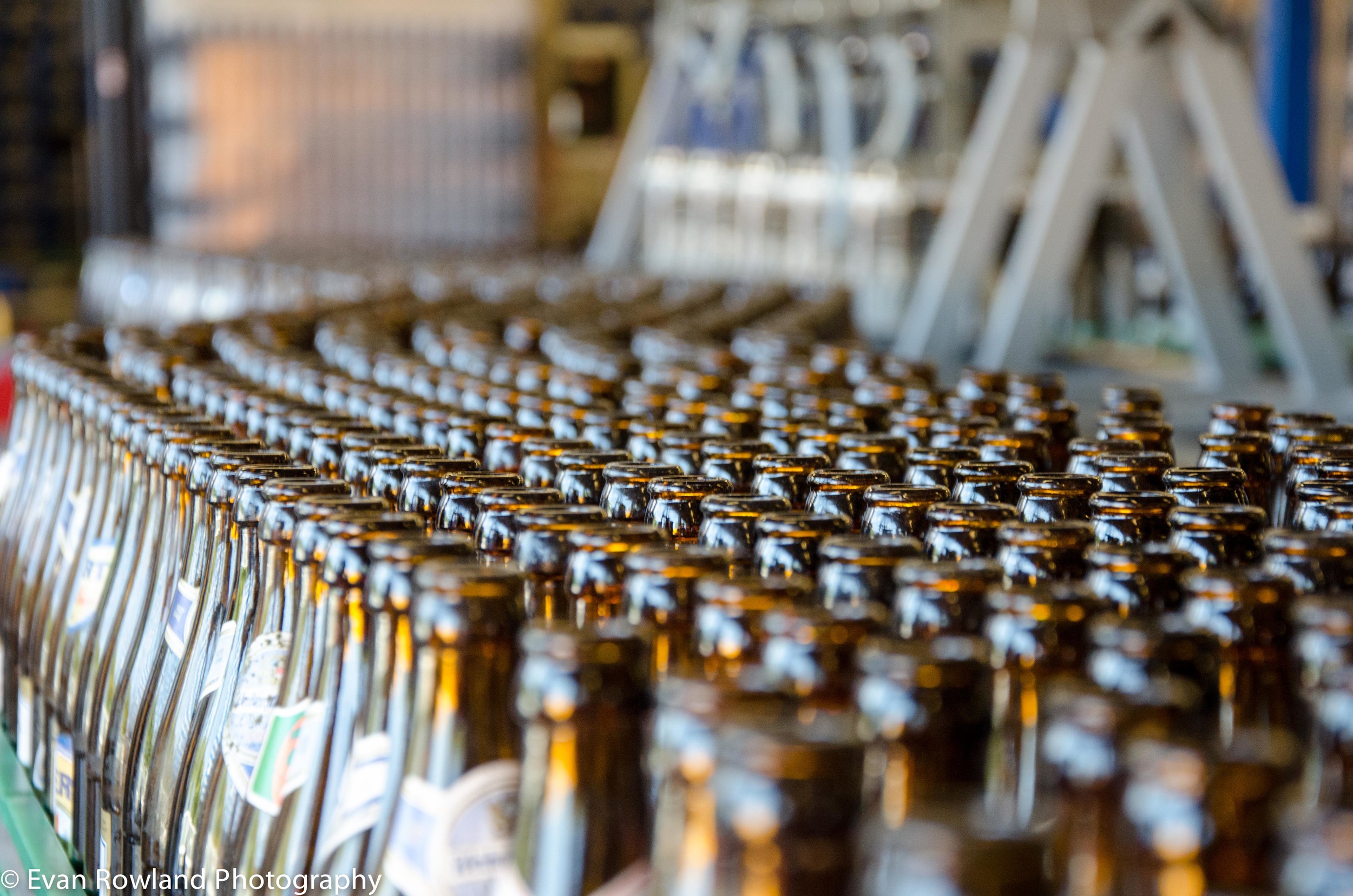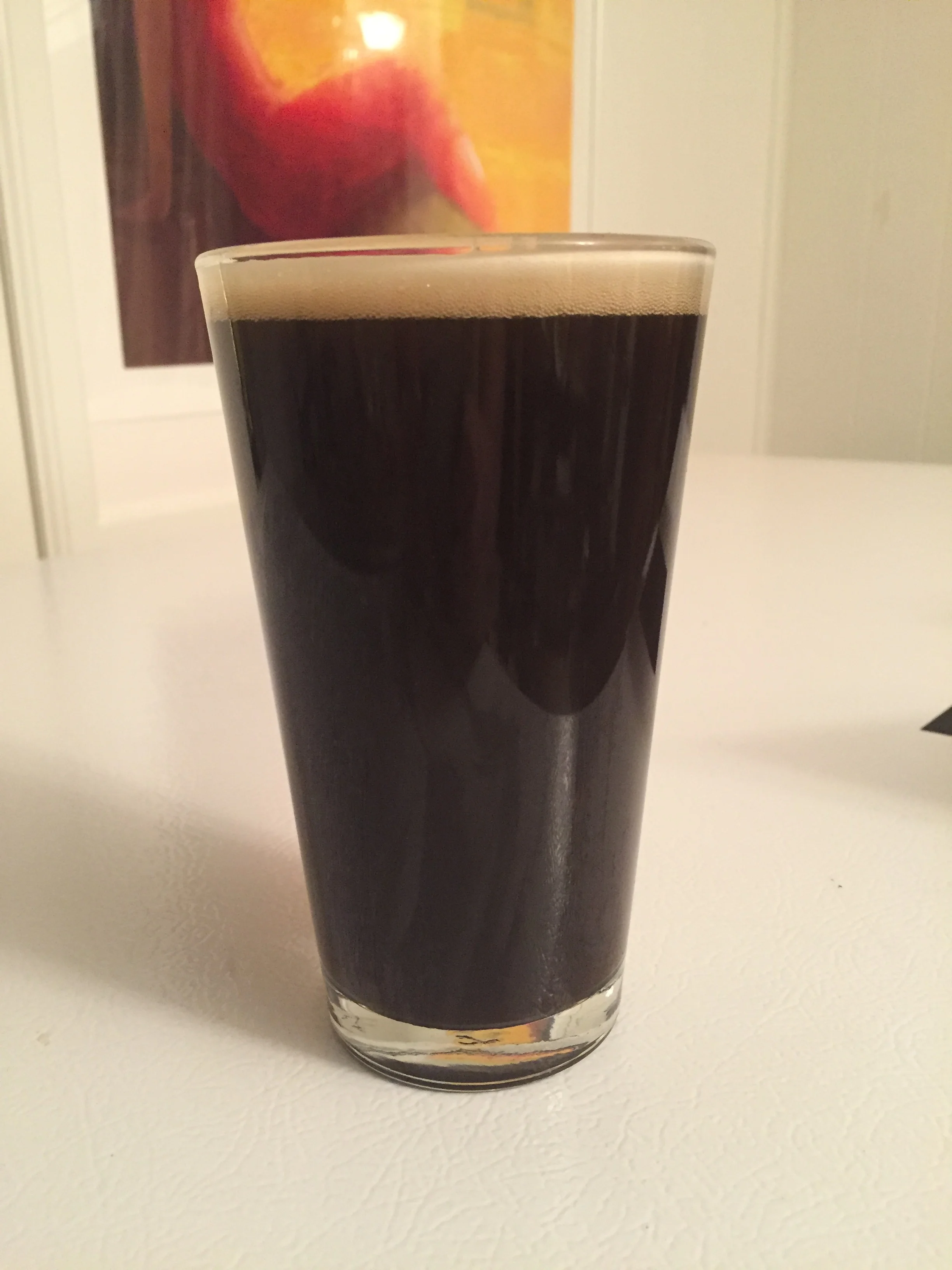Zoom Black Session IPA
/Happy Lunar New Year, we are back. It was a busy end of the year for us, got married, drank and ate through New Zealand and Australia. When we arrived home we discovered our bar was running a bit dry. With the exit of our first houseguest and the soon arrival of 4 others I needed to get a new keg on tap fast.
Over our long absence from updating the blog, I have been reading Yeast by Chris White and Jamil Zainasheff. It's a little heavy on the bio/technical side of yeast but has ton of great and useful information. My bottom line take-away from it was that the best thing a homebrewer can do to improve their beer quality is temperature control, the second best thing is a correct size of pitched healthy yeast, and the third is dissolved O2 levels before fermentation.
I had 6 days to make a beer and I wanted to finally make an actual sessionable beer. I was aiming for 3.5-4% ABV for a 5 gallon batch, interesting grain backbone, and a ton of hops. For yeast I went with the WLP 090 super san diego for a more clean IPA profile. I haven't used this yeast since I first started brewing and it also come highly recommended for doing speedy brews like this.
For the black I used half a pound of Carafa III special dehusked. I think steeping it for the full 90 min mash may have been a bit much, I probably could have pulled the same color without the grain bitterness for adding it in the last 30 minutes of the mash.
Zoom Black Session IPA
Ingredients:
3.22lbs 2 row
.5 carafa 3
2.18 Munich
1.1 pils
.5 Apollo @60 18.3aa
1 Denali @15, 15.4aa
2 Hbc438 1@5 16.6aa
1 motueka @15, 6.3aa
1 rakau @5, 10aa
WLP090 Super San Diego
Mash 90min at 156
90 min boil
Fermented 5 days at 64 deg. F
Measured 8.9 brix or 1.0355 for 6 gallons
Straight off the bat- Don't use half an ounce of apollo for 60, use a lot less or none. I think If I was to do this beer again (and I very well might) I'd use .2 at the most of apollo for bittering. Or else I'd cut it out and move the denali to 30 min and leave the rest, while adjusting the mash to add the carafa later.
I brewed on a Sunday with the intent to keg friday for company. Wednesday I reached terminal gravity (after pitching at about midnight sunday) but the beer definitely tasted a bit green and needed a little more time to mature. I took it out of its fermentation control and let it warm up to room temp around 72 until friday.
I wasn't paying very close attention to volumes and ended up at the end of boil with 6 gallons and fermented 6 gallons. With more proper mash and sparge volumes I think this would end up closer to 1.04 at 5 gallons. Final gravity was 1.008. Friday for kegging I pulled a gallon to drink flat while kegging the other 5. It was a different beer from Wednesday, good coffee and chocolate notes, bitter hops with a few fruity notes.
It was better after fully carbonating Saturday though I feel the bittering hops overpowered everything else in the batch.
My new years resolution this year is to brew more session beers and I think this was a good start. I was more impressed I had a very drinkable beer after 6 days. I am calling this a success even though there is a lot of room for improvement.







